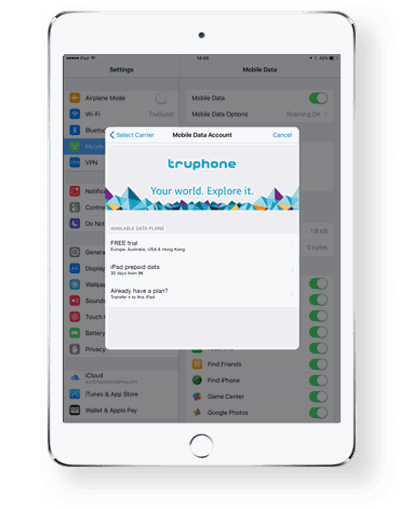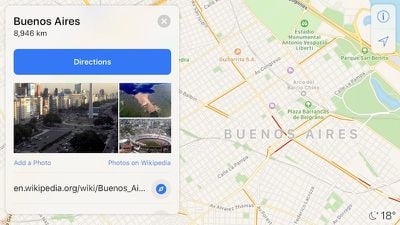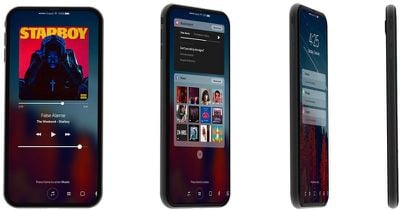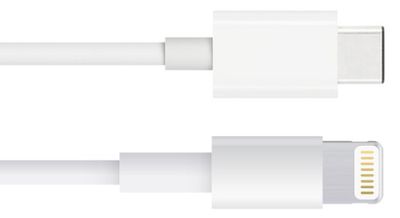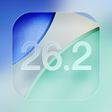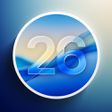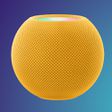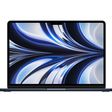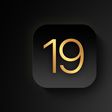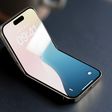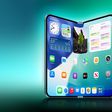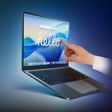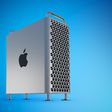Apple today seeded the second beta of an upcoming macOS Sierra 10.12.4 update to developers, two weeks after seeding the first macOS Sierra 10.12.4 beta and just over a two weeks after releasing macOS Sierra 10.12.3.
The second macOS Sierra 10.12.4 beta is available for download through the Apple Developer Center or the software update mechanism in the Mac App Store for those who have previously installed a beta.
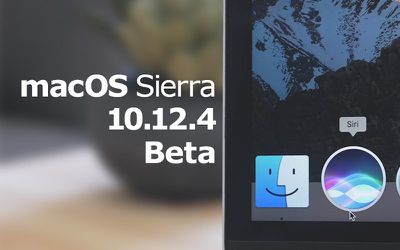
macOS Sierra 10.12.4 brings iOS's Night Shift mode to the Mac for the first time. First introduced with iOS 9.3, Night Shift is designed to gradually shift the display of a device from blue to yellow, cutting down on exposure to blue light. Blue light is said to disrupt the circadian rhythm and is believed to interrupt sleeping patterns.
Night Shift can be activated through the Displays section of System Preferences, where a setting to have it come on at sunset and turn off at sunrise is available. Night Shift can also be toggled on manually through the Notification Center or via Siri.
The 10.12.4 update focuses mainly on Night Shift, but also includes dictation support for Shanghainese, cricket scores for Siri, and improved PDFKit APIs. Today's beta adds an opt-in option for iCloud Analytics that pops up after installing the update.




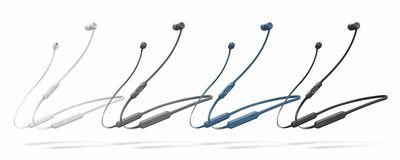
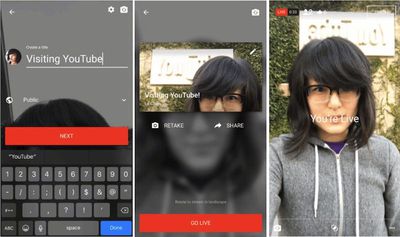
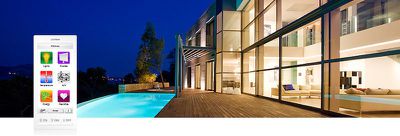


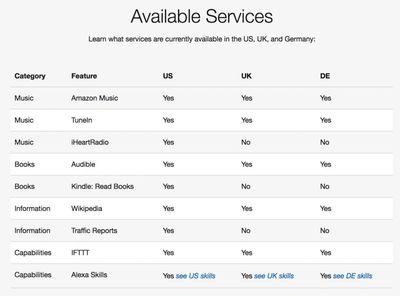
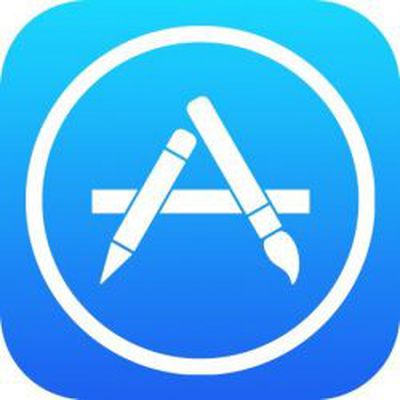 At least 76 popular iOS apps have been found to be vulnerable to data inception, according to a report from a security expert.
At least 76 popular iOS apps have been found to be vulnerable to data inception, according to a report from a security expert.